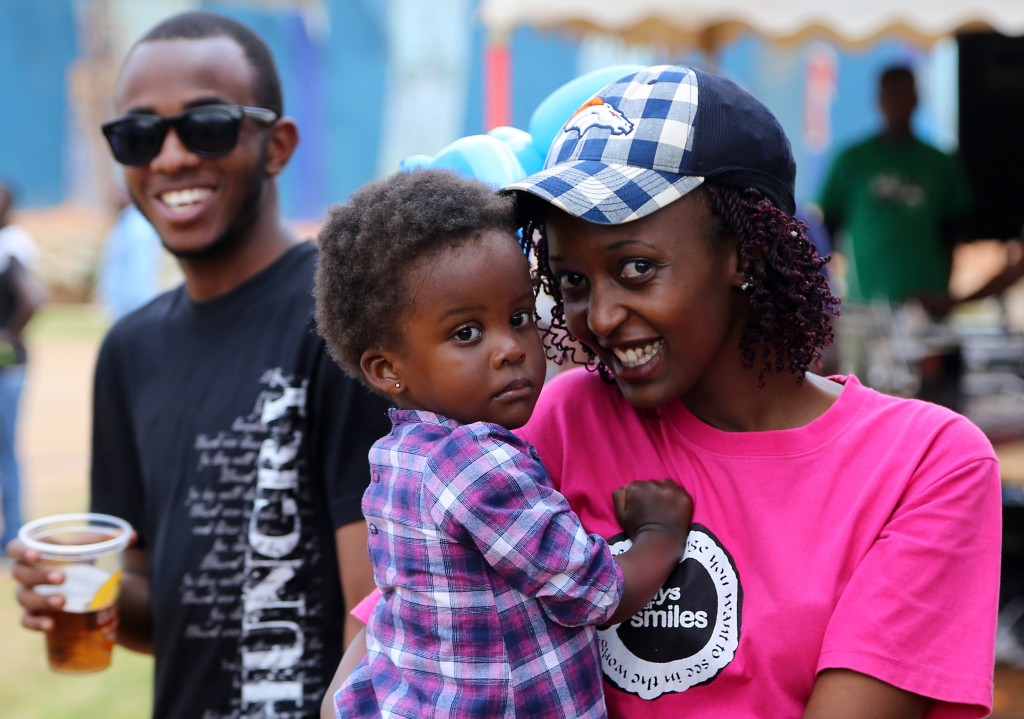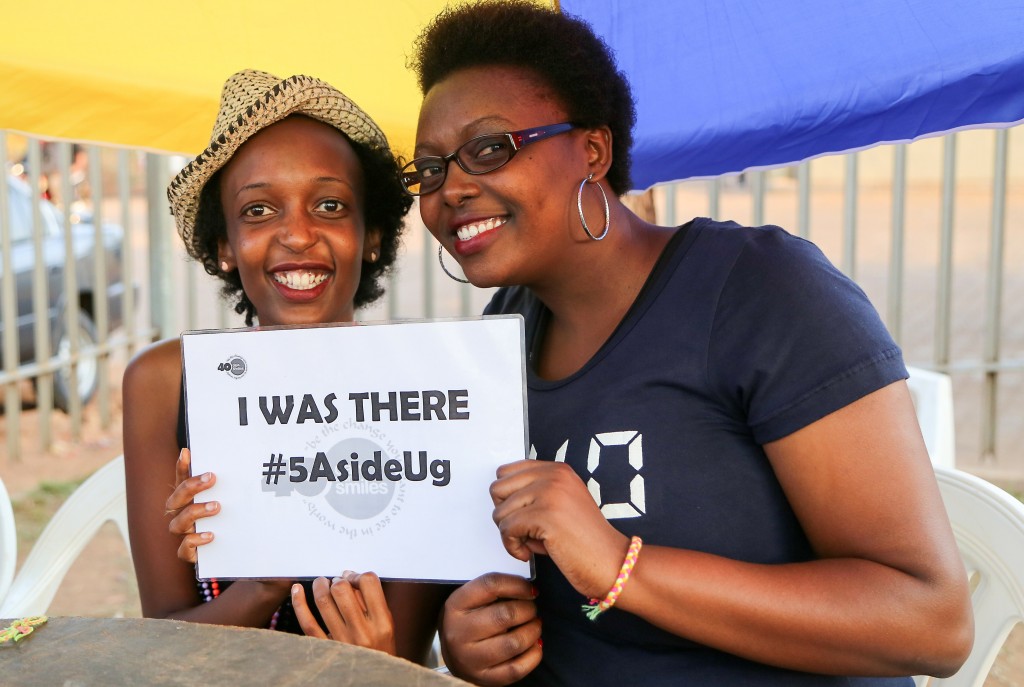How a Ugandan charity puts a smile on the faces of orphans
BY RUTH AINE
Using social media, Esther Kalenzi, a 26-year-old lady in Uganda, makes a difference in the lives of orphaned children.
It is not everyday that you meet a young woman who, more than anything else, is driven by the passion to look out for children, especially those that do not have much, those found in orphanages. Three years ago, Esther Kalenzi, then 24, set out on a mission with nothing but an idea. Today, she runs a registered non-profit organization that uses tools like social media to advance the causes of disadvantaged children, pull together resources and put a smile on their faces. The organization that has been in existence for two years now through its activities has been able to crowdsource more than 100,000,000 Ugx ($34,482) by running social media campaigns. The organization currently has 15 core team members, two of whom are paid, with the rest helping as volunteers.
Kalenzi, who says she has been influenced by her mother who “taught us to love other people without having to say anything,” has been flooded with awards from far and near: Best Campaign, Social Media Awards Uganda, 2013; Heroine of the Year, Young Achievers Awards, 2013; Tumaini Award, 2014 + $1000 cash price; Rotaract Club of Kampala City, 2013; Rotaract Club of Kyambogo, 2014; Social Justice Award, Social Media Awards, 2015; Commonwealth Award for Youth Development 2015, Finalist. Ruth Aine, in Kampala, spoke with Esther Kalenzi and filed this report.
How did you start out?
In 2012, an idea came into my mind one night. I was at home and the lent period had just begun. And I was thinking to myself: Why is there a lot of buzz around Christmas and yet none about Easter, and yet both have significant importance to Christians? So I thought to myself: “What can I do for vulnerable children who won’t have families over the Easter?” During the previous weeks I had been thinking to myself about how I spend so much time on Facebook, and yet I do not see any value in it. So the next day I created a group on Facebook, added a few people and asked them to do something towards the Easter period. I named the group “40 days over 40 smiles.” (The initial target was 40 children.)
For a long time it was just liking posts, because I didn’t even know where I was going in the first place. So I decided to do some research. There is a friend who had once posted about a children’s home in Kyebando, in the suburb of Kampala; so one day during my lunch break, I decided to pay them a visit. When I arrived, the children all ran and hugged me. They were so happy. I kept thinking that there must be a hidden camera somewhere, wondering why these children are so excited? They don’t even know me or what I want to do. In an instant I was Auntie Esther. Then it occurred to me this is home, and I felt peaceful at heart. From then I posted on the group’s Facebook page what we needed and who the beneficiaries would be.
A friend approached me about another home that her church group had been visiting. I did not think how difficult it would be to go to two places. I just thought to myself: The more, the merrier. The campaign didn’t pick up until the last week. The response was immense; every evening I had clothes and toys that I would take home with me. At the end of forty days, we went and visited the two children’s homes. We had two truckloads of things. I had collected 3.1 million Ugx ($1,033) and used that money to buy things that they could use for a long time like soap, sanitary pads, but also to have a significant meal on that day. So I got a chef who made meals for the children on those two days. That is how “40 days over 40 smiles” began.
“40 days over 40 smiles” is now a registered company. How did that happen?
It is now a Limited Company by Guarantee and that makes it a non-profit organization. I had no idea this was where I would end up. In fact, for a long time, what we were doing was illegal: Getting money from people, and though they trusted me with it, I could have run away with it. For most of the time it was friends, so they did not question anything at all. But I ensured that whatever money I received, it was accounted for on the Facebook Group Page. After a year, organizations and people began to ask: Are you registered? Do you have a bank account? And even for me it wasn’t safe to keep moving around with big sums of money. I had a notebook that I kept writing down contributions on. This wasn’t for the organization to be, but rather ten years down the road I wanted to remember who did what. I also began to ask myself: Will this be temporary? By then I still had a job but it was not giving me satisfaction.
You started with ‘breakfasts with the kids’, and then built a dormitory. What was the journey like?
We started with ‘breakfast with the kids’ and the main idea was for people from the ‘middle class’ to spend time with the children who don’t have much and get to see what the world is besides the little bubble that they are living in. It did really well. There was a time when young people came to one orphanage which had 90 children, and they too were overwhelmed. That was also when I thought to myself: I must be doing something right. Then I decided to start to raise money. At first it was firefighting; we have this problem, let’s pull resources together to solve it. But, after that, we started thinking more long term. We started having fundraising events. Basketball games were called Hoops for Grace, and Karaoke and Poetry sessions Croak and Rhyme. Our very first football game had about 30-40 people showing up and we collected about 200,000-Ugx ($66) and for us that was huge. Last year’s football game campaign raised 10 million Ugx ($3,448). Huge growth if you ask me.
When we set out to contribute to building a dormitory, we told the school that we would cover half the costs and any surplus collected, we would hand over. The MOU [Memorandum of Understanding] signed stipulated just that. We had two events that brought in 5 & 6 million shillings respectively. We started a Social Media Campaign called #BuyABrick. Each brick was valued at 500/-Ugx. In ten days we raised 8 million shillings. Along the way we asked people who thought a brick was too little to #BuyABag of cement. The last campaign over the Christmas season was called #BeSanta. As we marked our two-year anniversary, we opened a dormitory for over 200 students in Luweero.
So any plans for the future?
That question scares me because I feel that after this interview I may change my mind. We have started a movement and I would wish for it to grow. I would be happy for people to join 40/40 but would be happier if they started doing the same in their communities and different districts in the country.




